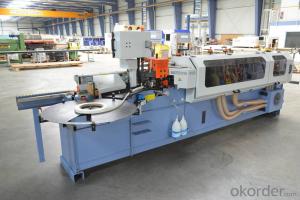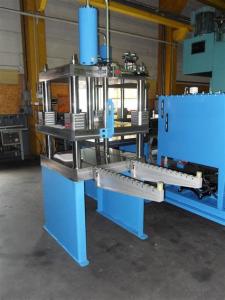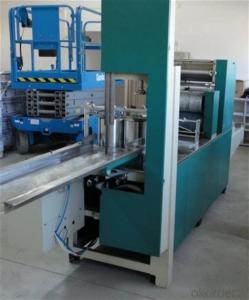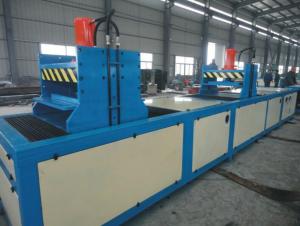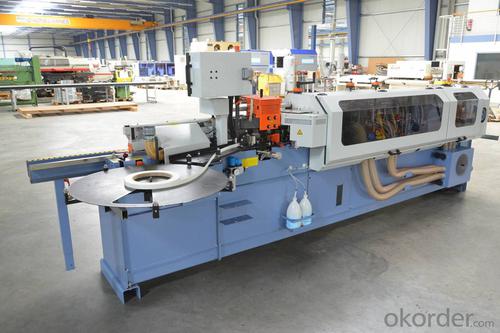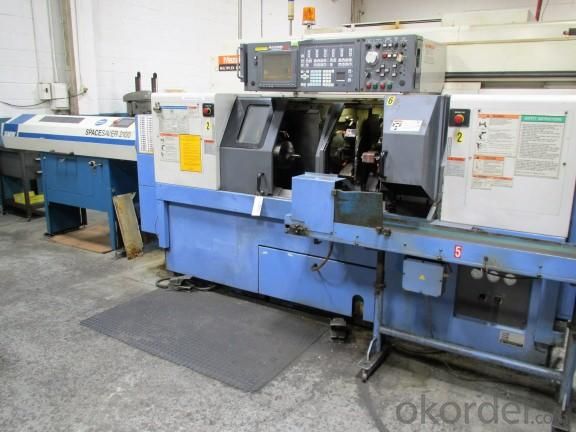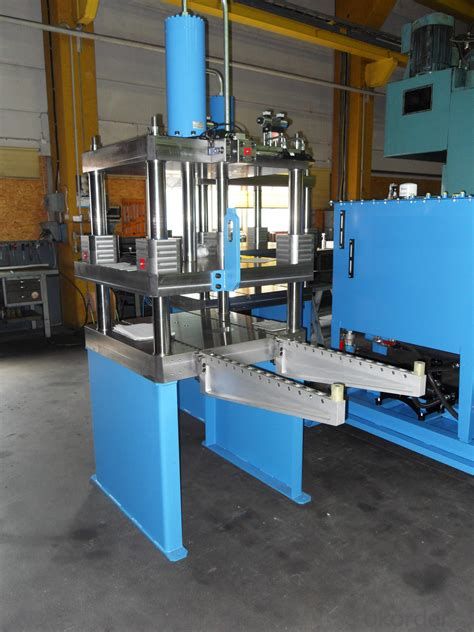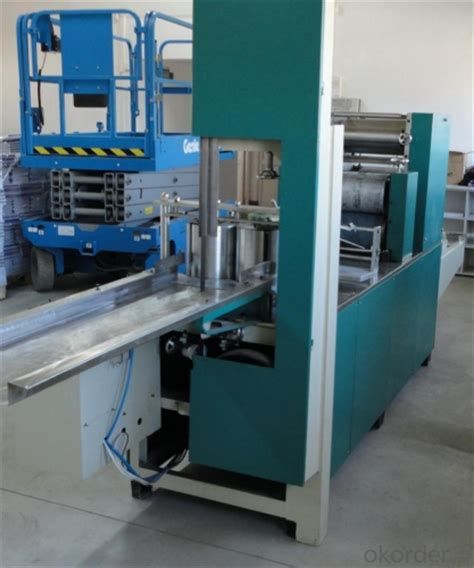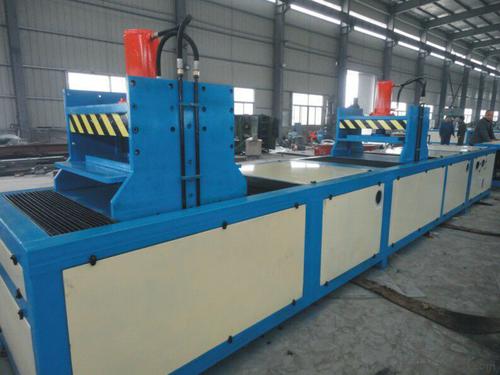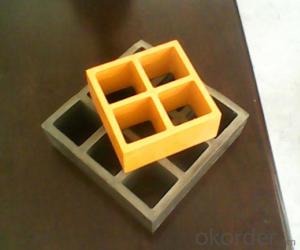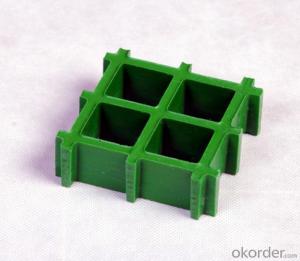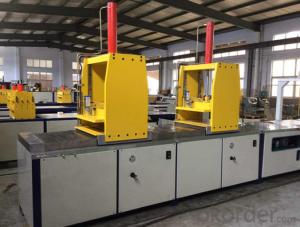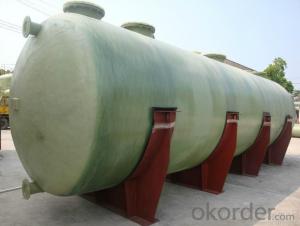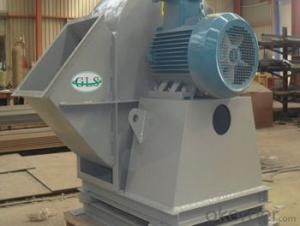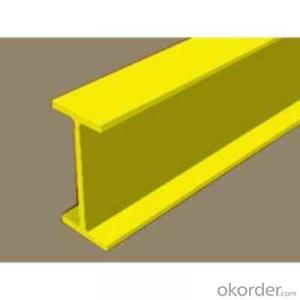FRP Pultrusion Profiles - Anti-Ageing FRP Pultruded Grating with Best Quality and Good Price
- Loading Port:
- Tianjin
- Payment Terms:
- TT OR LC
- Min Order Qty:
- 20000 m.t.
- Supply Capability:
- 300000 m.t./month
OKorder Service Pledge
OKorder Financial Service
You Might Also Like
PRODUCT DESCRIPTION
Pultruded grating is made by a particular assembly process, which using “I” shape as its main load-bearing and special rod to go through the bearing bar. Pultruded grating include the standard grating and the custom grating, the custom grating can be designed to meet customer’s requirement or special using condition by changing the shape, size and space of the bearing bars, the surface can be covered with lozenge panel, grit panel, or added the anti-slippery sand directly.
SPECIFICATION
Thickness (mm) | Bar width (mm) | Open space (mm) | Open rate (%) | Approx weight (kg/m |
25.4 | 15.2 | 22.8 | 60 | 13.2 |
25.4 | 15.2 | 15.2 | 50 | 15.9 |
25.4 | 15.2 | 10.1 | 40 | 18.5 |
25.4 | 40 | 10.8 | 21 | 14.5 |
38.1 | 15.2 | 22.8 | 60 | 15.8 |
38.1 | 15.2 | 15.2 | 50 | 19.1 |
38.1 | 15.2 | 10.1 | 40 | 22.4 |
50.8 | 25.4 | 25.4 | 50 | 16.6 |
50.8 | 25.4 | 12.7 | 33 | 21.1 |
CHOICE FOR PULTRUDED GRATING
Resin: GP resin, ISO resin, VE resin, Phenol resin
Color choice: Yellow, gray, green, custom color
Surface choice: Groove surface, grit surface, lozenge cover surface
FEATURES
a. Anti-corrosion and anti-rust
b. Light weight and high strength
c. Anti-flammable
d. Anti- fatigue
e. Safe and anti-slippery
f. Anti-ageing
g. Easy of maintenance
h. Excellent electromagnetism property
i. Good economic benefit
FIELDS SERVED
Sewage treatment,
water supply and drainage,
chemical industry,
oil industry,
power engineering,
pulp and paper,
construction engineering,
spinning, marine engineering.
APPLICATION
Operation terrace,
stair walkway,
ground floor,
trench cover,
sidewalk,
foot bridge,
equipment safety fence,
scaffold.
COMPANT DESCRIPTION
CNBM,China National Building Materials Group is a state-owned enterprise in charge of administrative affairs in china building materials industry. Established in 1984, CNBM is a large group corporation of building materials with total assets of 25 billion RMB and a total staff of 30,000.CNBM now owns 200 subordinating firms of solely owned and joint-venture companies.
CNBM International Corporation is one subsidiary of CNBM, we focus on offering good-quality products,professional service and complete solution to our customers. Strong delivery capacity, advanced technology& management, strong financing capability and excellent after-sale service are our advantages in sharing international market.
FAQ
1.Q:Are you factory or trading company ?
A:We are Factory produce FRP machines and FRP products.
2.Q:If can customized by customers requirements?
A:yes,we can produce the machine with customized size.
3.Q:How about the payment?
A:We accept any kind of payment.
4.Q:What is the guarantee?
A:Gurantee is one year.
5.Q:If you can training?
A:yes ,we can training in our factory also can send engineers to your factory training.
PICTURES
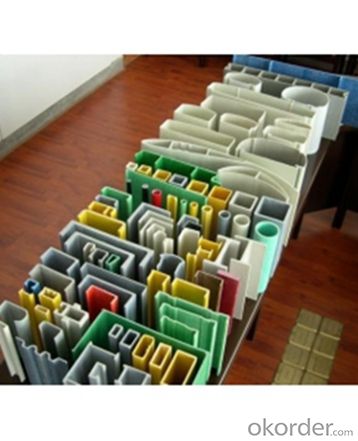
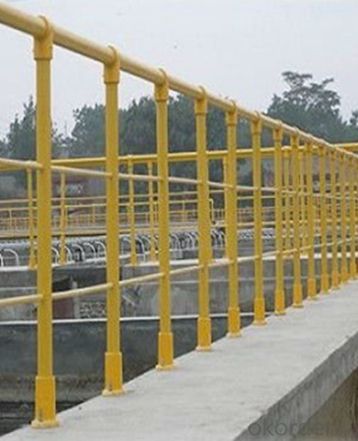
- Q: How do FRP pultrusion profiles handle cyclic loading?
- FRP pultrusion profiles are known for their excellent resistance to cyclic loading. The combination of the fiber reinforcement and the resin matrix in the pultrusion process results in a highly durable and fatigue-resistant material. The inherent strength and stiffness of the fibers help to distribute the applied loads evenly, while the resin matrix absorbs and dissipates the energy from cyclic loading, preventing crack propagation and failure. This makes FRP pultrusion profiles a reliable choice for applications that involve repeated or fluctuating loads.
- Q: Are FRP pultrusion profiles resistant to high winds or hurricanes?
- Yes, FRP (Fiber Reinforced Polymer) pultrusion profiles are highly resistant to high winds and hurricanes. FRP is a composite material that combines the strength of fiberglass with the durability of polymers. This results in a lightweight yet incredibly strong material that can withstand extreme weather conditions. FRP pultrusion profiles have been extensively tested and have proven to have excellent wind resistance properties. They have a high stiffness-to-weight ratio, allowing them to withstand the forces exerted by high winds without bending or breaking. Additionally, the inherent flexibility of FRP allows it to absorb and distribute the forces exerted by wind, reducing the risk of damage. In the case of hurricanes, FRP pultrusion profiles have demonstrated their ability to withstand the strong winds and flying debris associated with these severe weather events. They have been used in various applications such as building facades, bridges, and utility poles in hurricane-prone areas, with great success. Furthermore, FRP pultrusion profiles are corrosion-resistant, which is another advantage when it comes to withstanding high winds and hurricanes. Unlike traditional materials like steel or wood, FRP profiles do not rust or rot when exposed to moisture, making them even more suitable for these challenging weather conditions. Overall, due to their high strength, durability, flexibility, and corrosion resistance, FRP pultrusion profiles are an excellent choice for applications where resistance to high winds or hurricanes is required.
- Q: Can FRP pultrusion profiles be used in the construction of chemical processing equipment?
- FRP pultrusion profiles have the capability to be utilized in the construction of chemical processing equipment. These profiles possess multiple advantages that render them suitable for such applications. To begin with, FRP pultrusion profiles exhibit a high resistance to corrosion, making them an ideal choice for chemical environments where exposure to corrosive substances is frequent. Unlike conventional materials like steel, FRP pultrusion profiles do not rust or corrode, resulting in an extended service life and reduced maintenance costs. Moreover, FRP pultrusion profiles are both lightweight and strong, providing exceptional structural integrity and load-bearing capacity. This is particularly crucial in chemical processing equipment, where the materials employed must endure high pressures and temperatures. The strength of FRP pultrusion profiles permits the construction of sturdy and durable equipment. Furthermore, FRP pultrusion profiles offer flexibility in design, allowing for customization of shapes and sizes to fulfill specific requirements. This permits the construction of intricate chemical processing equipment with complex designs that are not easily achievable using traditional materials. Additionally, FRP pultrusion profiles possess excellent electrical insulation properties, which can be advantageous in chemical processing equipment where minimizing electrical conductivity is necessary to prevent unwanted reactions or hazards. In conclusion, FRP pultrusion profiles are a dependable and cost-effective option for constructing chemical processing equipment. Their corrosion resistance, strength, design flexibility, and electrical insulation properties make them suitable for a wide range of applications in the chemical industry.
- Q: What are the maintenance requirements for FRP pultrusion profiles?
- The maintenance requirements for FRP (Fiber Reinforced Polymer) pultrusion profiles are generally quite low. FRP pultrusion profiles are known for their durability and resistance to corrosion, making them a low-maintenance option for various applications. However, there are a few key maintenance practices that can help prolong the lifespan and ensure optimal performance of FRP pultrusion profiles. 1. Regular Cleaning: Periodic cleaning is important to remove any dirt, dust, or debris that may accumulate on the surface of the profiles. This can be done using a mild detergent solution and a soft brush or cloth. Avoid using abrasive cleaners or materials that may scratch the surface. 2. Inspection: Regular visual inspections should be carried out to identify any signs of damage or wear. Inspect the profiles for cracks, chips, delamination, or any other visible defects. If any issues are detected, they should be addressed promptly to prevent further damage. 3. UV Protection: FRP pultrusion profiles are generally resistant to UV radiation, but prolonged exposure to direct sunlight can eventually cause some degree of degradation. Applying a UV protective coating or using a UV-resistant paint can help minimize the effects of UV exposure and extend the lifespan of the profiles. 4. Lubrication: If the pultrusion profiles have moving parts or connections, such as hinges or joints, applying a suitable lubricant can help ensure smooth operation and prevent friction-related issues. It is important to use lubricants that are compatible with FRP materials to avoid any adverse chemical reactions. 5. Repair and Replacement: In case of any significant damage or wear, it may be necessary to repair or replace the affected sections of the FRP pultrusion profiles. This should be done by trained professionals who have experience working with FRP materials to ensure proper repair techniques and maintain structural integrity. Overall, while FRP pultrusion profiles require minimal maintenance, regular cleaning, inspection, and addressing any issues promptly are key to ensuring their longevity and optimal performance. Following these maintenance practices can help maximize the lifespan of FRP pultrusion profiles and maintain their structural integrity over time.
- Q: Are FRP pultrusion profiles resistant to fading or discoloration?
- Yes, FRP (Fiber Reinforced Polymer) pultrusion profiles are highly resistant to fading and discoloration. This is due to the inherent properties of the materials used in their construction. FRP profiles are typically made with a combination of fiberglass reinforcements and a polymer resin matrix, which are both inherently resistant to UV radiation and other environmental factors that cause fading and discoloration. The polymer resin matrix used in FRP profiles is specifically formulated to provide excellent chemical resistance and UV stability, ensuring that the profiles maintain their original color and appearance over an extended period of time. This makes FRP pultrusion profiles an ideal choice for outdoor applications, where exposure to sunlight and other harsh weather conditions is common. Furthermore, the manufacturing process of pultrusion ensures that the color of FRP profiles is consistent throughout their entire cross-section. This means that even if there is minor surface damage or wear, the underlying color of the profile remains the same, ensuring a consistent appearance. Overall, FRP pultrusion profiles offer superior resistance to fading and discoloration, making them a durable and long-lasting option for various applications, such as construction, infrastructure, transportation, and more.
- Q: Are FRP pultrusion profiles resistant to termites or other pests?
- FRP pultrusion profiles possess inherent resistance against termites and other pests. Unlike traditional wood or metal materials, FRP profiles fail to serve as a food source for termites or any other pests. FRP comprises reinforced fibers and a polymer matrix, typically constructed from fiberglass and resin. These constituents lack appeal to pests and do not provide any nutritional value, thus rendering FRP profiles highly resistant to termite damage or infestation. The capability of withstanding pests is among the numerous benefits of employing FRP pultrusion profiles across diverse applications, particularly in outdoor or humid settings, where termites frequently thrive.
- Q: Are FRP pultrusion profiles resistant to high-pressure water jets?
- FRP pultrusion profiles have a general resistance to high-pressure water jets. Their high strength-to-weight ratio, corrosion resistance, and durability make them suitable for applications involving water and harsh environments. The pultrusion manufacturing process ensures thorough resin impregnation of the fibers, resulting in a dense composite material. This density provides high resistance to water penetration, protecting the material from damage by high-pressure water jets. Additionally, FRP pultrusion profiles exhibit excellent chemical resistance, including resistance to water. This ensures that the profiles will not degrade when exposed to high-pressure water jets for extended periods. It is important to note that the specific resistance of FRP pultrusion profiles to high-pressure water jets may vary depending on the resin and fiber combination used. To obtain detailed information about the resistance of specific profiles in a given application, it is recommended to consult the manufacturer or supplier.
- Q: Are FRP pultrusion profiles fire resistant?
- Yes, FRP (Fiber Reinforced Polymer) pultrusion profiles are fire resistant. The combination of the reinforcing fibers and the polymer matrix used in FRP pultrusion profiles provide them with excellent fire resistance properties. These profiles are manufactured using a process known as pultrusion, which involves impregnating reinforcing fibers such as fiberglass or carbon fiber with a thermosetting resin. This resin undergoes a curing process, resulting in a strong and durable composite material. One of the key advantages of FRP pultrusion profiles is their inherent fire resistance. The thermosetting resin used in the manufacturing process has properties that make it highly resistant to fire. When exposed to flames or high temperatures, the resin does not melt or burn easily, thus preventing the spread of fire. Additionally, the reinforcing fibers in FRP profiles also contribute to their fire resistance. Fiberglass, for example, is an inorganic material that does not burn. It acts as a barrier against heat transfer and helps to minimize the spread of flames. Furthermore, FRP pultrusion profiles can be engineered to meet specific fire safety standards and regulations. By incorporating additional fire retardant additives or using specialized resin systems, the fire resistance of these profiles can be further enhanced. It is important to note that while FRP pultrusion profiles are fire resistant, their exact fire rating may vary depending on the specific composition and design. Therefore, it is essential to consult with manufacturers or suppliers who can provide detailed information about the fire resistance properties of their FRP pultrusion profiles.
- Q: Are FRP pultrusion profiles resistant to termites?
- FRP pultrusion profiles are typically immune to termites. Termites mainly consume materials that contain cellulose, such as wood. However, FRP pultrusion profiles, composed of resin and glass fibers, lack cellulose and are hence unappealing to termites. As a result, FRP pultrusion profiles offer an excellent substitute for conventional wooden profiles in situations that demand termite resistance, like building construction and outdoor structures. Furthermore, FRP profiles demonstrate resistance against decay, corrosion, and various environmental elements, rendering them a robust and enduring material option.
- Q: How do FRP pultrusion profiles perform in extreme cold temperatures?
- FRP pultrusion profiles generally perform very well in extreme cold temperatures. This is due to the inherent properties of the materials used in their construction. FRP (fiber-reinforced polymer) composites are known for their excellent thermal insulation properties, which help to maintain the structural integrity of the profiles even in extremely low temperatures. One key advantage of FRP pultrusion profiles in cold environments is their resistance to freezing and thawing cycles. Unlike some other materials, FRP does not absorb water, which means it does not expand or contract with temperature changes. This prevents cracking or damage that can occur when moisture freezes and expands within traditional materials such as metal or concrete. Furthermore, FRP pultrusion profiles have a low coefficient of thermal expansion, meaning they do not significantly expand or contract with temperature fluctuations. This stability allows them to maintain their shape and structural integrity in extreme cold, reducing the risk of deformation or failure. In addition to their thermal properties, FRP pultrusion profiles also exhibit high strength and durability, making them suitable for use in various applications such as construction, infrastructure, and transportation, even in harsh cold environments. They are resistant to corrosion, chemicals, and UV radiation, further enhancing their performance and longevity in extreme conditions. Overall, FRP pultrusion profiles are an excellent choice for applications requiring reliable performance in extreme cold temperatures. Their thermal insulation properties, resistance to freezing and thawing cycles, low coefficient of thermal expansion, and overall strength and durability make them well-suited for various industries and environments, ensuring their continued performance even in the harshest cold conditions.
Send your message to us
FRP Pultrusion Profiles - Anti-Ageing FRP Pultruded Grating with Best Quality and Good Price
- Loading Port:
- Tianjin
- Payment Terms:
- TT OR LC
- Min Order Qty:
- 20000 m.t.
- Supply Capability:
- 300000 m.t./month
OKorder Service Pledge
OKorder Financial Service
Similar products
Hot products
Hot Searches
Related keywords
